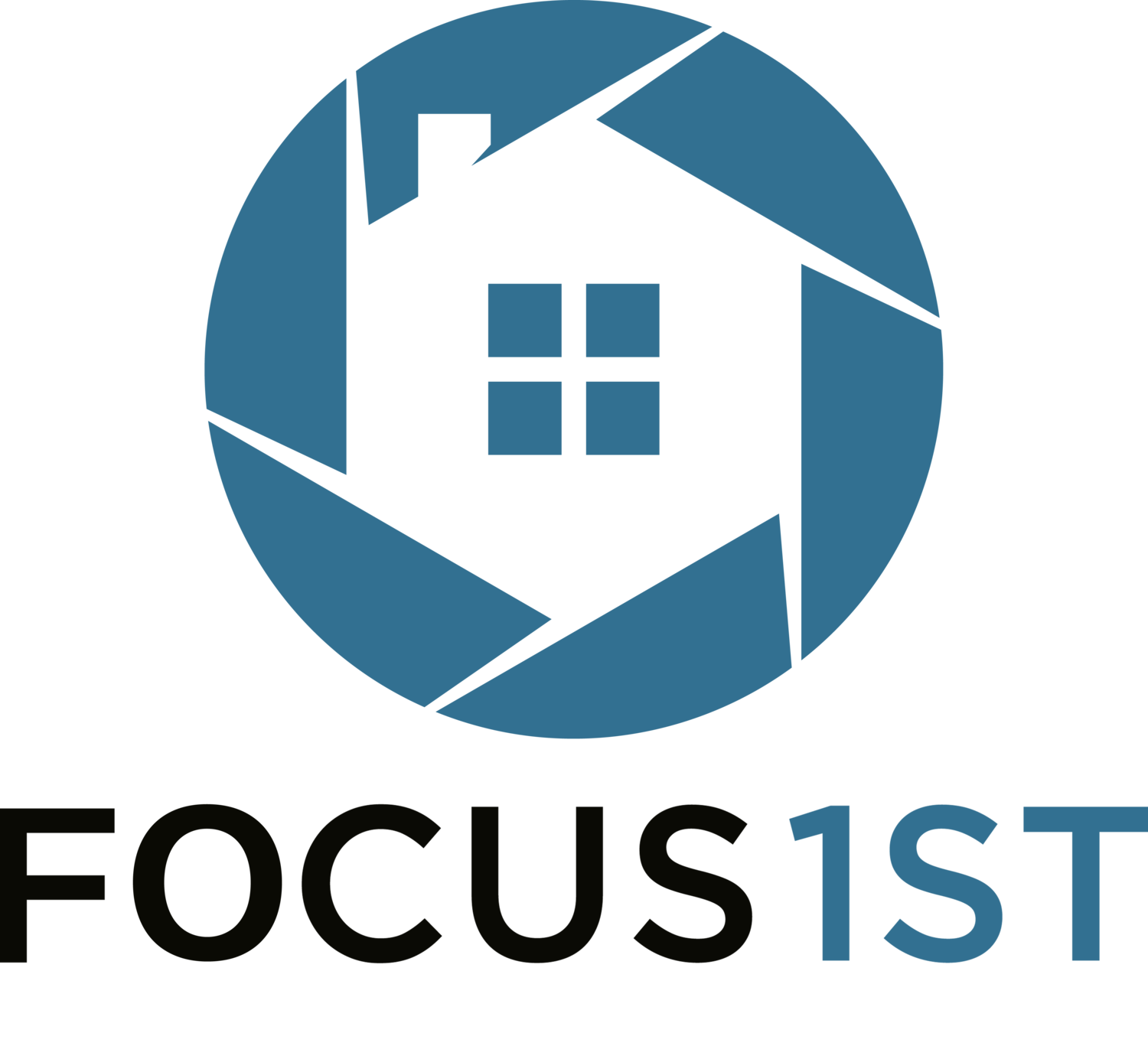Why Scattergrams Work and Price Per Square Foot Doesn’t
In presenting the Scattergram to real estate professionals, it isn’t unusual for us to hear:
“Scattergrams won’t work in our market, we don’t use price per square foot to determine value.”
We want to make sure that folks know that when you are using the trend line (or what we sometimes refer to as the Fair Market Value Line), it is not the same as pricing using price per square feet. Take a look at the example below.
In this example, let’s use the top and bottom data points, both of which are just below the trend line. In the first (or bottom) data point, the price is $175,000 and the total square feet is 1036, so we can see the price per square foot is $169. Whereas the top data point, the price is $229,000 and the total square feet is 2710, and the price per square feet is $85. You can see there is a big difference (almost a 2 to 1 difference) between the price per square feet even in the example where you have two data points right at the same point in relation to the trend line. If you take a quick look at all that data points in this example, you can see that as the size increases, the price per square foot decreases. Or stated another way, there is an inverse relationship between the size and the price per square foot. This quick example very easily shows you that the trend line on a scattergram is not the same as pricing based on price per square foot.
So why is that? What is the key difference? Why do scattergram trend lines help determine the value of a home (as you can see in this example) and the price per square foot doesn’t? Let me ask you, if the price per square foot of a home was $120 per square foot could I purchase a one square foot home for $120? Of course not! When a home is built there is a lot of “overhead’ such as price of land, the cost of bringing in the utilities, permits, fees, etc. There is a basic “sunk” cost required just to build a home. While this is a somewhat simplified way of saying it, but there are a lot of “overhead” or “sunk” costs when you purchase a property, and those costs are somewhat consistent/independent on the size of the home built. Because of this, those sunk costs are spread across the size of the home. For smaller sized home, the sunk cost is greater for each square foot, thus artificially increasing the price per square foot much more. For larger sized homes, the sunk cost (which is the same for both homes) is less for each square foot, thus artificially increasing the price per square foot to a much lesser degree.
Let me provide you another explanation which requires a little more math (hopefully you’re brushed up on your high school algebra).
As you may recall, the equation of a straight line is:
y = Mx + B.
Where x and y are the variables,
M represents the slope of the line,
and B is the y-intercept.
So for our example, when we are plotting the Scattergram graph:
x is the square footage,
y is the price of the home (as you can see in the graph),
M (the slope) is the price per square foot,
and B is the y-intercept.
What is the y-intercept?
The y-intercept is the value (or price in this case) of y when the x (square footage) is 0. It is where the line would cross the y-axis. The y-intercept value would be comparable to what the “sunk” costs would be in building a home. In most cases, the y-intercept value is ignored when real estate professionals use the price per square foot calculation. By ignoring this, I mean that in most price per square foot calculations the y-intercept value isn’t used or considered, and the y-intercept value is basically just thrown into the slope (price per square foot) calculation. Can this cause inaccurate calculations? Absolutely! However, in most cases where the data points are very close, the difference can be negligible and throwing it all together can work when you are comparing data points that are close in size. Take for example the two data points in our example of 1829 6th St (which sold for $183,000 at 1157 TSF) and 1680 Heather Dr (which sold at $180,000 at 1222 TSF). While in this example, there is a measurable difference in the price per square feet of $158 and $147. But it is close enough for an appraiser to do their job. This is why the appraisers can get away with the price per square foot calculations when they limit comparing homes that are within plus or minus 10% of the same size of the subject property. They are suggesting that these are close enough that the y-intercept value is negligible. However, what we see in our usage of the scattergram is that this can create miscalculations. However, this is the best that appraisers can do. Of course, a scattergram is a much better tool than the price per square foot calculations since it takes into consideration the y-intercept.





